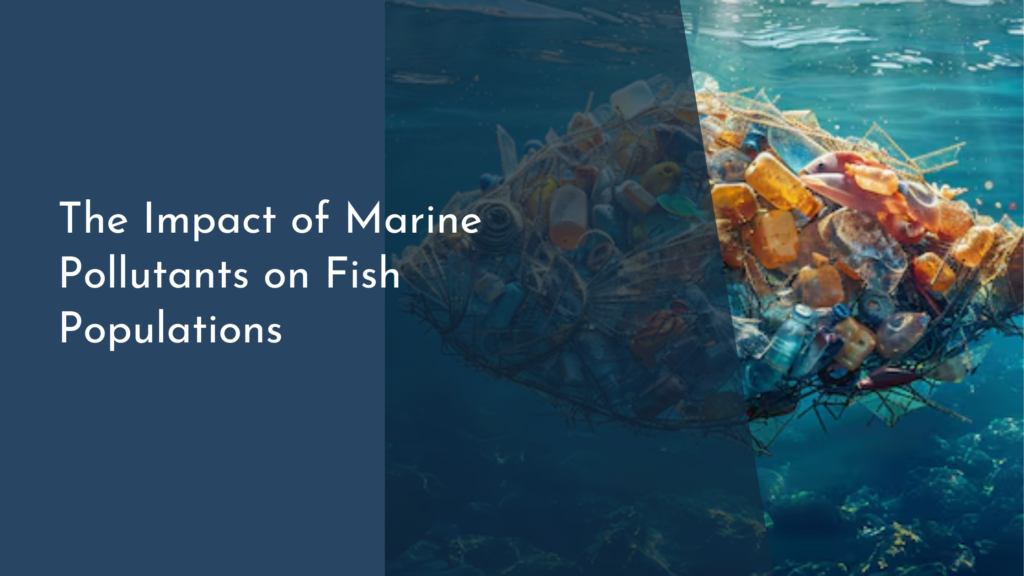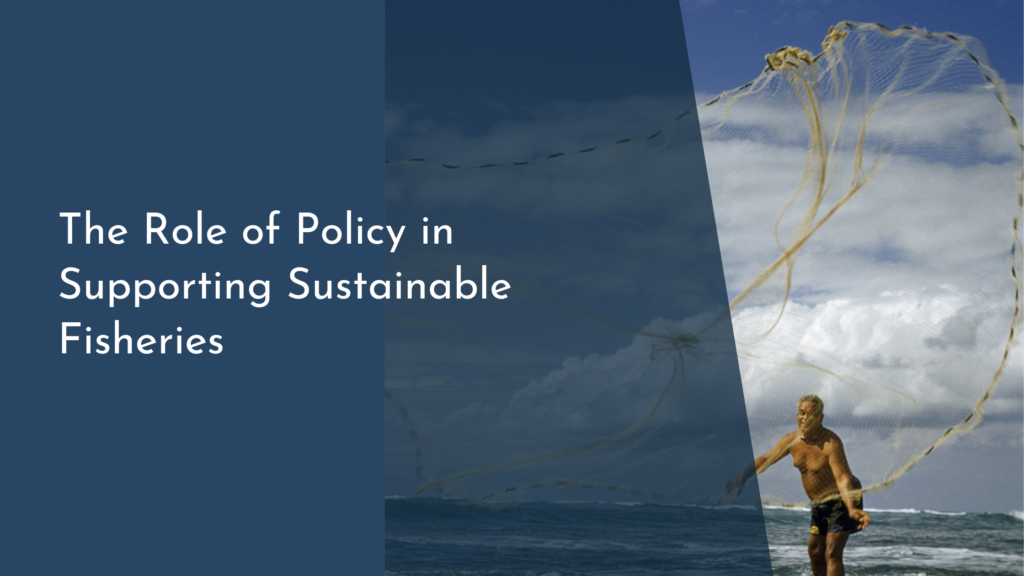How to Boost Brand Loyalty Through Sustainable Packaging
In today’s environmentally-conscious market, businesses are discovering the tremendous impact that sustainable packaging can have not only on the planet but also on building brand loyalty. As consumers become increasingly aware of environmental issues, they are more likely to support brands that align with their values. By shifting towards sustainable packaging, businesses can engage with their audience on a deeper level, fostering trust and long-term loyalty. This article explores how companies can utilize sustainable packaging to boost brand loyalty, focusing on understanding its power, designing eco-friendly packaging, engaging customers, and measuring success.
Understanding the Power of Sustainable Packaging
Sustainable packaging is more than just a trend; it’s a powerful tool that can transform a brand’s image and customer perception. In an era where consumers are increasingly scrutinizing the environmental footprint of their purchases, utilizing sustainable packaging speaks volumes about a brand’s commitment to the planet. It demonstrates a proactive approach to reducing waste, conserving resources, and minimizing carbon emissions, which resonates with eco-conscious consumers. By adopting sustainable practices, brands can differentiate themselves in a crowded marketplace, gaining a competitive edge and earning the trust of environmentally-aware customers.
Moreover, sustainable packaging not only helps the environment but also enhances the overall customer experience. Packaging is often the first physical interaction a customer has with a brand, and using sustainable materials can create a positive first impression. This tangible demonstration of a company’s values can lead to stronger emotional connections and increased customer loyalty. When consumers see that a brand is genuinely committed to sustainability, they are more likely to become loyal advocates, sharing their positive experiences with others and encouraging them to support businesses that prioritize the planet.
Key Elements of Eco-Friendly Packaging Design
Design plays a crucial role in sustainable packaging, as it involves selecting materials and processes that minimize environmental impact while maintaining functionality and aesthetics. One key element is the use of recyclable or biodegradable materials that reduce waste and promote a circular economy. By opting for materials like recycled paper, bioplastics, or compostable polymers, brands can ensure their packaging leaves a smaller ecological footprint. Additionally, designing for recyclability includes avoiding excessive use of inks and adhesives that can contaminate recycling streams, ensuring that the packaging can be easily processed and reused.
Another important aspect is optimizing packaging size and weight to reduce material usage and improve shipping efficiency. Lightweight packaging not only reduces material costs but also decreases transportation emissions, contributing to a brand’s overall sustainability goals. Clever design can also eliminate the need for additional protective packaging, such as bubble wrap or plastic fillers, further reducing waste. By focusing on these key design elements, brands can create eco-friendly packaging that aligns with their sustainability commitments and appeals to environmentally-conscious consumers.
Engaging Customers with Sustainable Practices
Engaging customers in a brand’s sustainability journey can deepen their connection and loyalty. One effective way to do this is through transparent communication about sustainable packaging efforts. Brands can use social media, newsletters, and packaging itself to inform customers about the eco-friendly materials used and the environmental benefits achieved. This transparency not only educates consumers but also showcases a brand’s genuine commitment to sustainability, fostering trust and loyalty.
Interactive initiatives can also engage customers and make them feel part of the brand’s sustainability mission. For instance, brands can launch recycling programs, encouraging customers to return used packaging in exchange for discounts or rewards. This not only promotes sustainable behaviors but also strengthens the relationship between the brand and its customers. Additionally, inviting consumers to participate in sustainability challenges or campaigns can generate excitement and build a community of eco-conscious advocates who feel invested in the brand’s values and vision.
Measuring Success and Building Long-term Loyalty
To ensure the effectiveness of sustainable packaging initiatives, it’s crucial for brands to measure success through quantifiable metrics. This includes tracking reductions in carbon emissions, waste diversion rates, and customer feedback on packaging. By analyzing these metrics, brands can identify areas for improvement and demonstrate their commitment to continuous progress. Effective measurement also provides data that can be shared with customers, further reinforcing the brand’s sustainability efforts and enhancing credibility.
Long-term loyalty is built by consistently aligning a brand’s actions with its sustainability promises. As consumers increasingly prioritize sustainability, they are more likely to remain loyal to brands that continuously innovate and improve their environmental practices. By maintaining an open dialogue with customers and regularly updating them on sustainability achievements and goals, brands can create a loyal customer base that values both the products and the planet-friendly practices behind them. This ongoing relationship not only boosts customer retention but also attracts new customers who are looking for brands that genuinely care about sustainability.
Incorporating sustainable packaging into a brand’s strategy is not just an environmental responsibility but a powerful way to connect with today’s conscious consumers. By understanding the impact of sustainable packaging, designing eco-friendly solutions, engaging customers, and measuring success, brands can create lasting loyalty among their audience. As consumers continue to prioritize sustainability in their purchasing decisions, companies that embrace these practices will not only contribute to a healthier planet but also enjoy stronger, long-term relationships with their customers. In the journey towards sustainability, businesses have the opportunity to become leaders and inspire others to join the movement, ensuring a brighter future for both their brand and the world.




